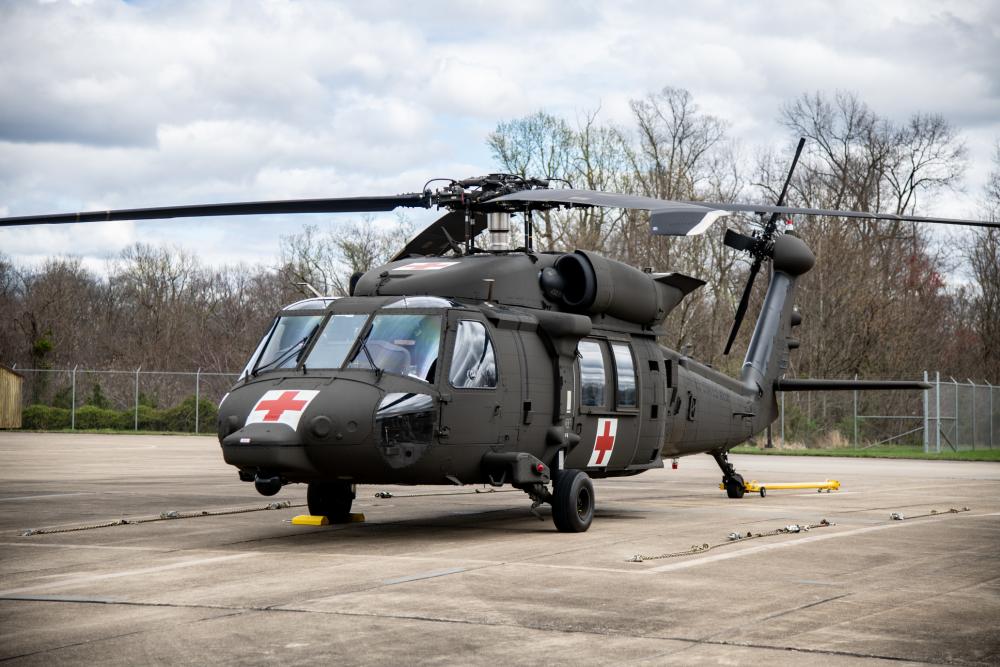UH 60 Helicopter Review: Whatever You Required to Know
UH 60 Helicopter Review: Whatever You Required to Know
Blog Article
The Impact of Lasting Practices on the Future of Airplane Operations and Emissions Reduction
As the aviation sector faces boosting examination over its ecological impact, the adoption of lasting methods emerges as an important path toward future airplane operations and exhausts decrease. Technologies in sustainable air travel fuels and developments in hybrid propulsion innovations stand at the leading edge of this makeover, promising substantial decreases in greenhouse gas discharges.

Review of Lasting Practices
Lasting methods in airplane procedures include an array of strategies targeted at reducing environmental effect while maintaining operational effectiveness. These techniques are necessary in the air travel industry's dedication to decreasing its carbon impact and adhering to international ecological standards. Secret efforts include optimizing flight paths to minimize fuel intake, improving upkeep protocols to ensure aircraft operate at peak performance, and executing sophisticated innovations such as winglets and light-weight materials that enhance the rules of aerodynamics.

Training and involving team on sustainability practices likewise play a crucial role, cultivating a culture of environmental obligation within companies. Generally, the assimilation of these sustainable techniques not only helps in reducing exhausts yet also boosts the lasting feasibility of the aviation industry, ensuring it fulfills the demands of both consumers and governing bodies while adding to worldwide sustainability goals.
Innovative Fuel Alternatives
Various cutting-edge gas choices are becoming crucial options to lower the air travel industry's dependence on traditional nonrenewable fuel sources. Amongst these alternatives, Sustainable Aviation Gas (SAFs) have actually gained considerable attention as a result of their potential to decrease lifecycle greenhouse gas exhausts by approximately 80% contrasted to traditional jet gas. SAFs are obtained from various feedstocks, including waste oils, agricultural residues, and also algae, making them a functional alternative for the sector.
Another encouraging option is hydrogen fuel, which, when utilized in gas cells, creates just water vapor as a by-product. This zero-emission possible presents a substantial opportunity for decarbonizing trip operations, specifically for short-haul trips and local airplane. Additionally, electrical propulsion systems are being discovered, leveraging battery innovation to power aircraft. While present battery capability limitations range and payload, continuous innovations might quickly render electrical trips practical for details applications - uh 60.
Finally, biofuels stemmed from biomass are being explored, providing a renewable alternative that can be combined with conventional fuels. Collectively, these cutting-edge gas choices stand for a critical step towards achieving a lasting aviation community, lining up with worldwide emissions reduction targets and enhancing the market's environmental stewardship.
Technological Advancements in Aviation

Just how can technological developments reshape the future of aeronautics? The integration of innovative technologies is essential in transforming airplane procedures, boosting performance, and minimizing Your Domain Name discharges. Innovations such as electrical and hybrid propulsion systems go to the forefront, appealing substantial decreases in gas usage and greenhouse gas exhausts. These systems leverage developments in battery innovation and power monitoring, allowing aircraft to operate with a reduced ecological footprint.
Moreover, the implementation of sophisticated materials, such as lightweight compounds, adds to enhanced aerodynamics and fuel performance. Using artificial knowledge and artificial intelligence in trip operations optimizes route preparation and lowers gas melt by enabling real-time adjustments based on climate and web traffic conditions. Furthermore, the growth of independent and remotely piloted aircraft systems stands to change freight and guest transportation, potentially raising effectiveness while minimizing human mistake.
Furthermore, sustainable aviation technologies, including sophisticated air website traffic administration systems, can reduce and enhance operations congestion, bring about lower discharges throughout trip. These improvements jointly represent a paradigm change in aeronautics, assuring a future where sustainability and functional effectiveness are linked, consequently supporting the market's dedication to decreasing its ecological effect.

Governing Structure and Conformity
Due to the expanding focus on ecological stewardship within the aviation field, the regulative structure governing aircraft operations is developing to promote sustainable methods. Regulatory bodies, such as the International Civil Air Travel Company (ICAO) and various nationwide air travel authorities, are presenting stringent standards focused on decreasing exhausts and enhancing functional performance.
These policies commonly consist of the fostering of Lasting Air travel Gas (SAF), which has been acknowledged as an essential element in accomplishing reduced carbon footprints. In addition, conformity with these laws needs airlines to implement operational practices and innovative technologies, such as optimized flight paths and improved air web traffic administration, to lessen gas consumption.
In addition, the enforcement of emissions trading systems and carbon countering efforts is coming to be significantly widespread, engaging airlines to check and report their exhausts accurately. Non-compliance can result in considerable penalties, hence pushing drivers to focus on sustainability in their organization models.
Eventually, the progressing regulatory landscape not just drives development and financial investment in environment-friendly modern technologies however additionally fosters a culture of liability within the aeronautics market. As these structures continue to create, the focus on lasting methods will be integral to achieving the market's lasting ecological goals.
Future Trends in Airplane Workflow
As the aeronautics sector adapts to a progressively stringent governing environment, future fads in aircraft procedures are set to concentrate on ingenious services that better enhance sustainability and efficiency - uh 60. Trick growths will likely include the adoption of innovative air web traffic management systems, which make use of real-time information and synthetic intelligence to enhance flight paths, his explanation lowering fuel intake and emissions
One more substantial trend is the enhanced combination of lasting air travel gas (SAFs) These choices to traditional jet fuel, click to investigate originated from eco-friendly sources, can significantly decrease lifecycle greenhouse gas exhausts. The industry's commitment to SAFs will likely speed up as airlines collaborate with fuel producers to make certain availability and cost-effectiveness.
Furthermore, the press towards electrification and crossbreed propulsion systems is obtaining energy. Emerging aircraft designs will certainly include these innovations, supplying quieter and extra reliable operations, especially for short-haul trips.
Conclusion
The adoption of lasting aviation gas, combined with advancements in electrical and hybrid propulsion systems, is important for decreasing lifecycle greenhouse gas discharges. Optimizing flight paths and accepting innovative technologies add to a quieter and a lot more ecologically friendly aviation market.
Advancements in sustainable air travel gas and developments in hybrid propulsion innovations stand at the forefront of this transformation, appealing considerable reductions in greenhouse gas exhausts.Countless innovative fuel options are emerging as critical services to reduce the aeronautics market's dependence on typical fossil fuels - uh 60. Amongst these choices, Sustainable Aeronautics Gas (SAFs) have obtained significant interest due to their possible to lower lifecycle greenhouse gas emissions by up to 80% contrasted to traditional jet gas.An additional considerable trend is the boosted assimilation of sustainable aeronautics fuels (SAFs) The fostering of sustainable air travel fuels, paired with advancements in electrical and hybrid propulsion systems, is crucial for lessening lifecycle greenhouse gas discharges
Report this page